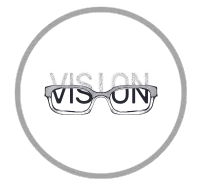Contact Lenses
Transitioning from Glasses to Contacts
FSDAVCFEBFEVSDDVFSD
FSDAVCFEBFEVSDDVFSD
FSDAVCFEBFEVSDDVFSD
What to Expect Initially
Switching from glasses to daily disposable contacts is a major lifestyle change, but it can also be very liberating. In the beginning, mild discomfort or dryness is normal as your eyes adjust. Learning to insert and remove lenses may take practice. New wearers usually go through a trial period where comfort, fit, and vision are monitored during a contact lens exam.
Patience is key during this transition. While some adapt within days, others may take weeks to feel comfortable. Your optometrist will provide guidance on proper contact lens hygiene and ensure your lenses suit both your vision needs and daily routine.
Switching from glasses to daily disposable contacts is a major lifestyle change, but it can also be very liberating. In the beginning, mild discomfort or dryness is normal as your eyes adjust. Learning to insert and remove lenses may take practice. New wearers usually go through a trial period where comfort, fit, and vision are monitored during a contact lens exam.
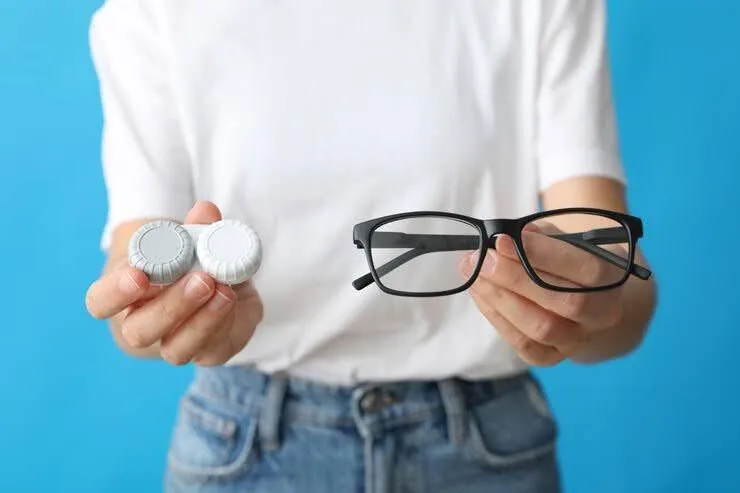
Patience is key during this transition. While some adapt within days, others may take weeks to feel comfortable. Your optometrist will provide guidance on proper contact lens hygiene and ensure your lenses suit both your vision needs and daily routine.

Comfort, Cost, Convenience: Contact Lens Benefits
When comparing daily disposable contacts with monthly or bi-weekly lenses, comfort stands out as a major advantage. Using a fresh lens each day reduces the risk of buildup, irritation, and infection. This makes daily disposables a great option for those with allergies or sensitive eyes. Many users also report clearer vision and fewer symptoms of dryness with daily lenses.
Cost is another important factor to consider. While daily contacts may seem more expensive at first, they typically require fewer purchases of cleaning solutions. They may also help avoid costly emergency eye visits caused by improper hygiene. When you consider the added convenience and long-term benefits for your eye health, many people find them worth the investment.
Daily disposable lenses also remove the need for nightly cleaning and storage. For people with busy schedules, frequent travelers, or teens new to contacts, this convenience is a major plus. Regular follow-ups with your eye doctor will ensure your lenses continue to fit your needs and lifestyle. You can also ask about specialty contact lens evaluations, which are tailored to assess your individual vision and comfort requirements.
Building Better Contact Lens Hygiene Habits
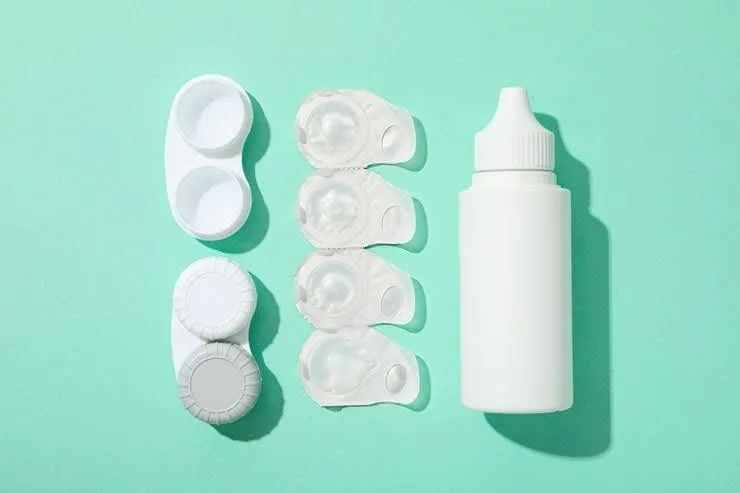
Starting with daily disposable contacts allows new wearers to build strong hygiene habits from the beginning. Always wash and dry your hands thoroughly before handling lenses, and never reuse a daily lens. These simple but essential steps help prevent infections, irritation, and eye strain, keeping your eyes healthy and comfortable.
One of the biggest advantages of daily lenses is that they don’t require cleaning solutions or storage cases.

This simplifies your routine and reduces the chance of contamination. It’s a convenient option for those new to contacts or with busy lifestyles. If you ever notice symptoms like burning, redness, or blurred vision, don’t ignore them—schedule a prompt eye exam to ensure your eyes are safe and your lenses remain a good fit. Regular check-ins with your optometrist will help maintain both eye health and comfort.
Building a consistent routine is essential when wearing daily disposable contacts. Make it a habit to insert your lenses before applying makeup to avoid contamination and irritation. Similarly, always remove your lenses before going to sleep, even if you feel tired or rushed. Sleeping with contacts not designed for overnight wear can lead to dryness, discomfort, and even serious eye infections. Sticking to this routine helps protect your eyes and ensures the lenses remain comfortable throughout the day.
If you experience dryness or irritation while wearing your contacts, don’t ignore the symptoms. Speak with your eye doctor about possible solutions, such as lubricating eye drops designed for contact lens wearers or trying a different brand or type of lenses. Your optometrist can recommend options tailored to your eyes’ specific needs, improving comfort and reducing dryness. Maintaining good habits and seeking professional advice will help you enjoy the benefits of daily contacts with minimal issues.
Solving Common Contact Lens Problems
If you’re having trouble inserting or removing your lenses, don’t worry—this skill improves with practice. A follow-up contact lens exam can help detect any fitting issues that might cause discomfort. If your eyes feel dry, especially by the end of the day, try using rewetting drops and consider reducing screen time to lessen eye strain.
Discomfort can also come from external irritants like dust or allergens. Wearing glasses during allergy season can give your eyes a much-needed break. Daily disposables are especially beneficial for allergy sufferers since they reduce protein buildup on lenses. Always follow your optometrist’s advice, and if discomfort persists beyond two weeks, your lenses might not be the best fit. Regular eye exams are crucial for monitoring your eye health and ensuring your contact lenses continue to meet your needs.
Finding Your Perfect Contact Lens Fit
Finding the right contact lens involves more than just having a prescription. During contact lens fittings, the optometrist evaluates your corneal shape, tear film quality, and specific vision needs. This thorough assessment helps ensure your lenses fit comfortably and provide clear vision. Trial lenses are often recommended to find the best match.
Adjusting your vision habits is also important when transitioning to contacts. You may notice differences in peripheral clarity or depth perception initially. These changes can feel unusual but typically improve over time as your eyes adapt.
Finding the right contact lens involves more than just having a prescription. During contact lens fittings , the optometrist evaluates your corneal shape, tear film quality, and specific vision needs. This thorough assessment helps ensure your lenses fit comfortably and provide clear vision. Trial lenses are often recommended to find the best match.
Adjusting your vision habits is also important when transitioning to contacts. You may notice differences in peripheral clarity or depth perception initially. These changes can feel unusual but typically improve over time as your eyes adapt.
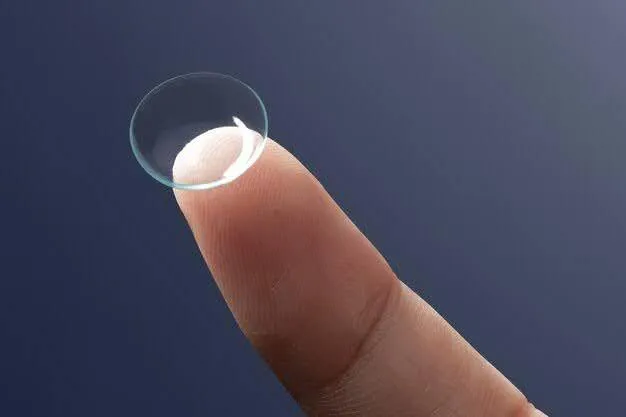

Patience is key—most people adjust well within the first two weeks. Following your optometrist’s advice and attending follow-up appointments will help make the transition smoother and ensure your lenses continue to meet your needs.
Specialty Contacts for Unique Needs
Not every patient will thrive with standard daily contact lenses. Those with astigmatism, dry eyes, or keratoconus often require specialty contact lenses designed to address their unique vision and comfort needs. Specialty lenses include toric lenses for astigmatism, scleral lenses for irregular corneas, and hybrid lenses that combine the clarity of gas-permeable lenses with the comfort of soft lenses. These options provide customized solutions that improve vision clarity and comfort when traditional lenses fall short.
Scleral lenses, for instance, create a stable and smooth surface by vaulting over the cornea, making them especially helpful for patients with keratoconus or severe dry eye. Hybrid lenses feature a rigid gas-permeable center with a soft outer ring, offering both sharp vision and comfort. An experienced optometrist will carefully evaluate your eye shape, tear film quality, and visual needs to recommend the best fit. Trial lenses may be used to ensure optimal comfort and vision before making a final decision.
Another specialty solution is orthokeratology (Ortho-K) lenses, which are worn overnight to gently reshape the cornea. This allows clear vision during the day without the need for glasses or contacts. Ortho-K lenses are particularly useful for managing progressive myopia in children, helping slow the progression of nearsightedness and reduce future vision problems.
Regular follow-up visits are essential for patients using specialty lenses. Because these lenses are custom-made, close monitoring and periodic adjustments help maintain optimal fit and eye health. Your optometrist will ensure your lenses continue to meet your vision goals while keeping your eyes comfortable and healthy over time.
Consistency Is Key to Success
Once you find the right contact lens, consistency in wear and care becomes essential. Always follow the recommended schedule and never extend the use of daily lenses beyond one day. Daily replacement helps maintain comfort, reduces the risk of irritation, and supports overall eye health. Proper handling and hygiene are just as important to avoid infections and complications.
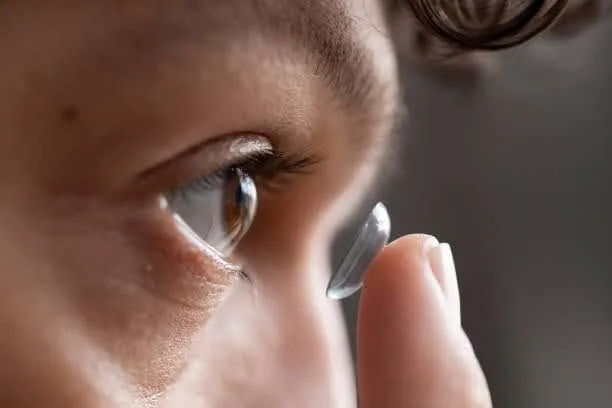
Once you find the right contact lens, consistency in wear and care becomes essential. Always follow the recommended schedule and never extend the use of daily lenses beyond one day. Daily replacement helps maintain comfort, reduces the risk of irritation, and supports overall eye health. Proper handling and hygiene are just as important to avoid infections and complications.
Routine eye exams are crucial for monitoring any changes or issues early on. Your optometrist will assess your eyes and may suggest switching lens materials or brands if you experience discomfort or vision changes. These check-ups ensure your lenses continue to fit your eyes properly and meet your lifestyle needs.
Routine eye exams are crucial for monitoring any changes or issues early on. Your optometrist will assess your eyes and may suggest switching lens materials or brands if you experience discomfort or vision changes. These check-ups ensure your lenses continue to fit your eyes properly and meet your lifestyle needs.
Even experienced contact lens wearers can benefit from reviewing instructions and best practices. Taking the time to read guidelines carefully and asking your eye care provider for advice helps maintain good habits. Staying consistent ensures your eyes remain healthy and comfortable.
When to Call Your Eye Doctor
Redness, sharp pain, or sudden blurry vision are clear signs you should remove your contact lenses immediately and contact your optometrist. Even though daily disposable contacts lower the risk of infections, complications can still happen. It’s important not to ignore these symptoms because acting quickly can prevent serious eye damage. Persistent discomfort might indicate an issue with how the lenses fit or an underlying eye condition. Prompt action is essential to avoid long-term problems.
Regular follow-up visits with your eye care professional play a vital role in maintaining eye health and comfort. During these visits, your optometrist can check for any issues, adjust your prescription, and ensure your lenses fit properly. Staying proactive with eye care through comprehensive eye exams helps detect problems early—even before symptoms appear—and ensures ongoing lens safety. This approach helps you enjoy the benefits of contact lenses safely and comfortably over time.

Contact Info
Hours of Operation
Mon - Fri | 9:00 AM - 5:00 PM
Sat - Sun | Closed
Holiday Hours: We are closed for the following holidays: New Years Day, Memorial Day, Independence Day, Labor Day, Thanksgiving Day, Christmas Day
© 2025 Kleinwood Vision. All rights Reserved.

